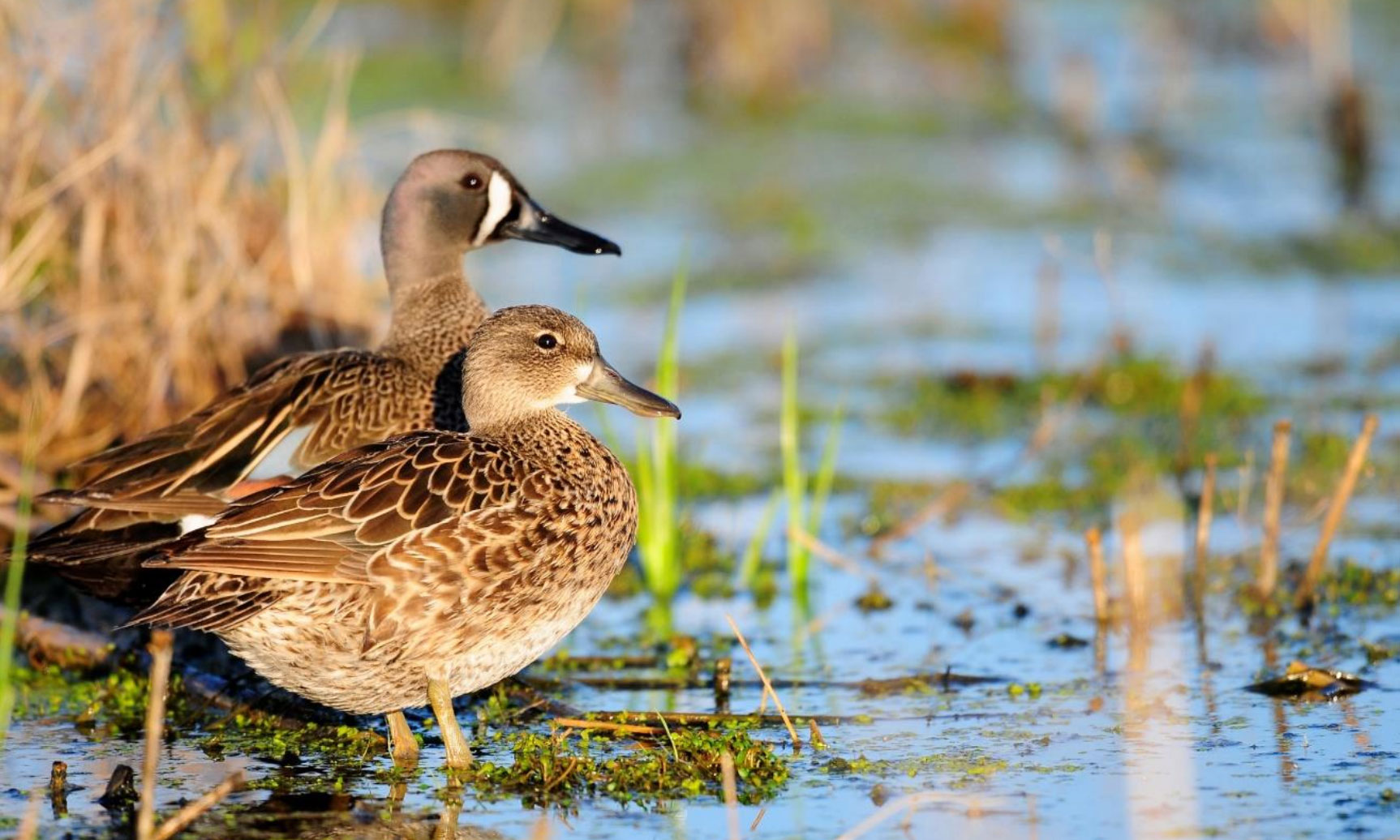Hunter reports indicated a push of migrant teal along the Illinois and Mississippi rivers the morning of Saturday, September 10th , following the weather system that passed through the prairies on Friday. This influx of birds was noted during the waterfowl count on Wednesday, September 14th .
Teal abundance nearly doubled (up 95%) along the Illinois River valley (IRV). I estimated 33,180 teal in the IRV which was 13% above normal for mid-September. Many of those birds were in the vicinity of Havana with sizable numbers at Chautauqua NWR, Emiquon Preserve, and the drainage and levee districts near Dickson Mounds Museum. Interestingly, a major movement of American coots arrived as well. I estimated 28,910 coots at Emiquon and another 6,500 at Hennepin & Hopper lakes this week. Teal abundance (10,280) along the central Mississippi River was up 22% from the previous week, and 48% above the 10-yr average. They were scattered around in many locations above Hamilton, IL on Pools 17-19. I found another 5,500 teal in the Grafton area. Some of the refuges and hunting areas were starting to pick up water including: Swan Lake, Batchtown, Dardenne, and Ted Shanks.
Last week I mentioned that the submerged aquatic vegetation looked great along the lower reaches of Pool 19. Biologists refer to this type of vegetation as SAV. It is one of the plant groups that make our wetlands so productive, and it was once abundant in the bottomland lakes of the Illinois River. Unfortunately, we have lost much of this vegetation in the IRV for a variety of reasons. Common plants that comprise the group are coontail, sago pondweed, wild celery, southern naiad, and brittle naiad to name a few. Species of SAV are major foods of gadwall, American wigeon, canvasbacks, ring-necked ducks, lesser scaup, and American coots. It is one of the reasons why Pool 19, Emiquon, Hennepin & Hopper, and even Lake Erie and the Chesapeake Bay are such important stopover locations for spring and fall migrating waterbirds. Because of the importance of these aquatic plants, the Forbes Biological Station, University of Illinois, and Western Illinois University are evaluating the true metabolizable energy content of several species of SAV in mallards, gadwall, and ring-necked ducks. Graduate student, Sarah McClain, has been tasked with determining how much energy ducks obtain from SAV. Her results will be useful for waterfowl and wetland conservation across the country.
Good luck teal hunting this weekend and stay tuned for more updates next week…

